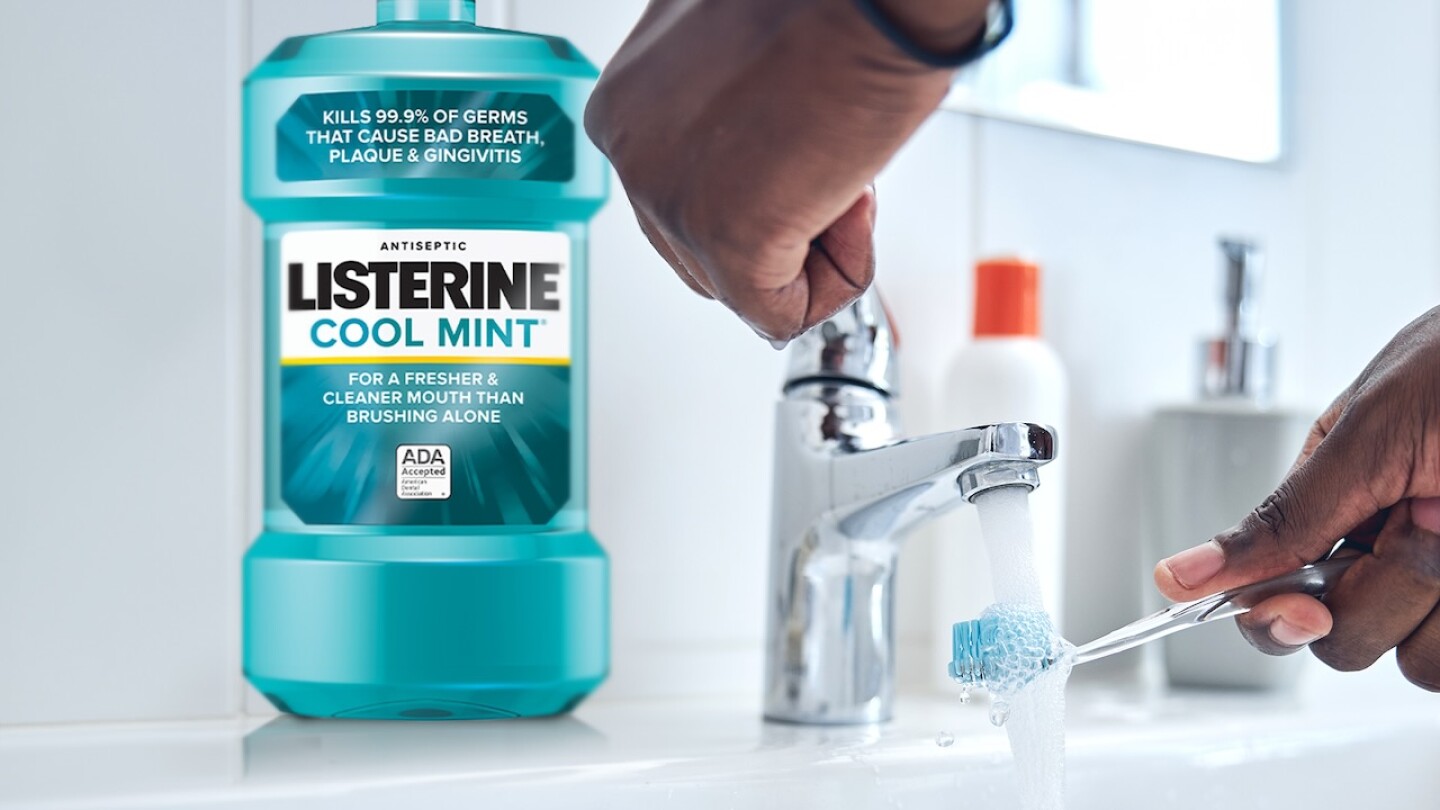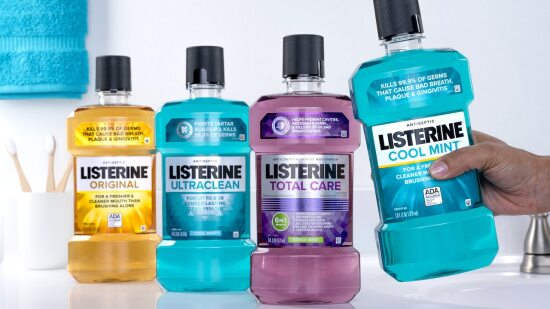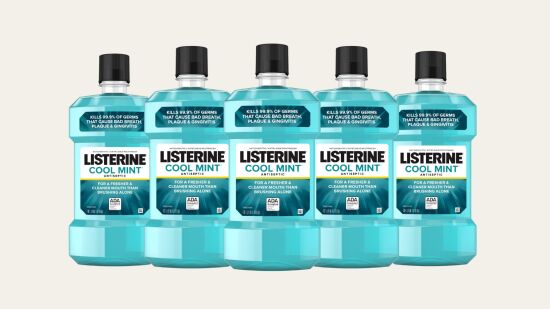Did you know that brushing and flossing everyday can literally add years to your life?1 Needless to say, there’s more to a good oral care routine than just perfecting your smile.
In honor of World Oral Health Day, here are some simple steps you can take to up your oral hygiene routine.
Avoid sugary foods and beverages; include these instead
Part of taking care of your teeth means not going overboard when it comes to consuming sugary and acidic foods like sports drinks, hard or sticky candies, and coffee with cream and sugar. When you constantly expose your mouth to sugar, certain bacteria feeds on it, transforming it into lactic acid, which starts to dissolve the minerals in your teeth and form cavities.2 That doesn’t mean you have to give up the occasional caramel latte or citrus fruits, but that you should be mindful.
The best foods for tooth health are fresh fruits and vegetables like leafy kale, apples and pears, and crunchy carrots and celery, as they contain a variety of nutrients and teeth-cleaning benefits. Calcium-rich foods like yogurt and cheese can help to strengthen your teeth, and nuts are the ultimate powerhouse in fighting tooth decay, as they contain protein, fiber, folic acid, iron, magnesium, vitamin E and potassium.7
Brush at least twice a day with a soft-bristle brush
You likely already know that you should be brushing your teeth at least twice a day, but it’s just as important how and when you brush your teeth. First, make sure you’re using a soft-bristled brush, as anything firmer can damage your gums or tooth enamel, which is the protective outer covering of your teeth.2
Place the toothbrush at a 45-degree angle towards your gums, and gently brush the entire tooth surface — front, back and sides — and even your tongue. If possible, delay brushing after consuming acidic things like citrus fruits and juices, wine and soda. This is because the acid can temporarily soften your tooth enamel, and brushing immediately after could mean you’re brushing enamel away.3
If you want to freshen your breath in between brushings, consider using LISTERINE POCKETPAKS® Oral Care Strips, which dissolve instantly and freshen your breath by killing 99.9% of bad-breath germs.*
Also, don’t forget to change your toothbrush every two to three months.
Use a fluoride toothpaste
Speaking of tooth enamel, one way to strengthen it and prevent tooth decay is to brush with a toothpaste that contains fluoride. It can help prevent attacks to your enamel — called demineralization — and aid with remineralization, which is when you gain those strengthening minerals.4 Plus, it can also work to prevent cavities, kill bad breath germs and remove stains.
Don’t forget to floss
Even the best brushing and mouthwash routine isn’t guaranteed to get in between all the spaces in your teeth, which is why you should floss at least once a day. Flossing is an effective way to remove plaque from the hard-to-reach areas below the gumline and helps reduce the risk of cavities.
For string dental floss, use at least 18 inches each time, roughly the length from your fingertips to your elbow, to clean around your teeth. Gently ease the floss between two teeth, wrapping it snuggly around the side of each tooth instead of “snapping” it between them, to prevent cutting the gum.6
Make the most of mouthwash
Yes, mouthwash can freshen your breath, but rinsing with an antimicrobial mouthwash helps you reach deep-clean effectiveness. In fact, research shows that bacteria in plaque and saliva samples were killed within 30 seconds of coming into contact with LISTERINE® rinse.5 There are even condition-specific formulas, including LISTERINE® Clinical Solutions, which was developed with dentists and hygienists to combat their patients’ top oral care needs — early gum disease, tooth decay and persistent bad breath.
See your dentist regularly
Last but certainly not least, see your dentist every six months for an exam and a cleaning.6 Going to the dentist routinely is a major line of defense against the prevention of cavities, gum disease and other oral health problems.
1. https://www.ncbi.nlm.nih.gov/pmc/articles/PMC3124861/
2. https://www.jnj.com/health-and-wellness/9-tips-to-boost-your-oral-hygiene-routine
3. https://www.cuimc.columbia.edu/news/brushing-immediately-after-meals-you-may-want-wait
4. https://my.clevelandclinic.org/health/treatments/11195-fluoride
5. https://www.listerine.com/mouth-coach/why-rinse-for-oral-health
6. https://www.listerine.com/attack-plaque/how-to-floss-teeth
7. https://www.listerine.com/clinical-solutions-mouthwashes
8. https://my.clevelandclinic.org/health/treatments/16914-oral-hygiene





